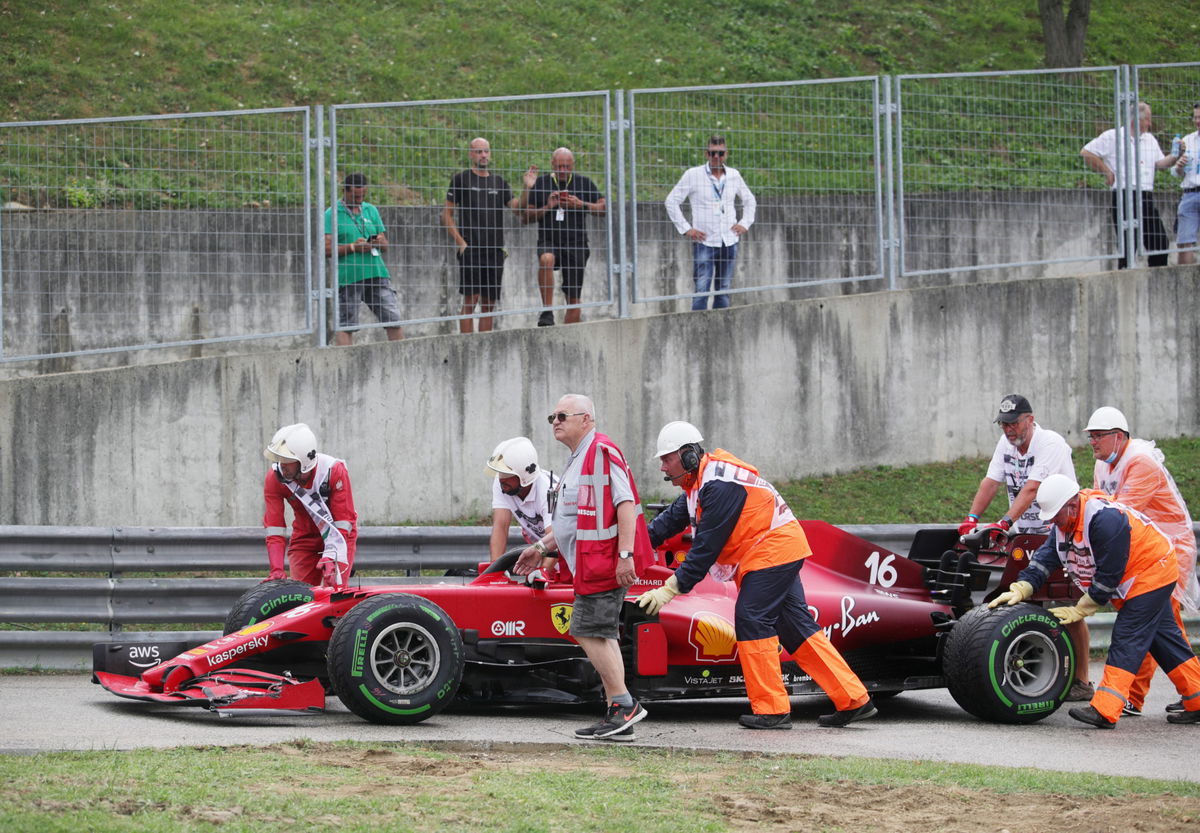
Reuters
Formula One F1 – Hungarian Grand Prix – Hungaroring, Budapest, Hungary – August 1, 2021 Marshals remove the car of Ferrari’s Charles Leclerc after he retires from the race REUTERS/Florion Goga

Reuters
Formula One F1 – Hungarian Grand Prix – Hungaroring, Budapest, Hungary – August 1, 2021 Marshals remove the car of Ferrari’s Charles Leclerc after he retires from the race REUTERS/Florion Goga
Over the years, F1 has often prioritized waving red flags over a session rather than yellow under any circumstances. And of course, some of the fingers might point to one of the most heartbreaking stories in the sport – the passing of Jules Bianchi.
Watch What’s Trending Now!
The late Frenchman’s fatal crash happened under yellow flags, which raised questions behind reluctance in halting a session. Since then, the usage of red flags has gone up a notch. But there are certain viewers that may be unaware of the protocols that rest behind waving a red flag.
ADVERTISEMENT
When will the stewards prefer using a red flag during practice?
Let’s start with the practice sessions. Since the session’s duration is based on time rather than the number of laps, the stewards often prefer bringing out the red flag, which will consequently stop the clock. The same goes for qualifying as well.
However, it depends on the severity of the incident. Consider a scenario where a driver crashes his car into the barriers but manages to keep the engine running and limps into the garage. In that case, yellow flags will remain in place for a brief moment while the stewards clear out the debris.
Top Stories
“Have Some Shame”- Fans Tear Apart F1 Pundits’ Shocking 2025 Driver Ranking
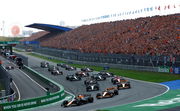
Who Is Flo Norris: Lando Norris’ Equestrian Champion Sister?

Max Verstappen’s Siblings: Everything We Know About Victoria, Blue Jaye, Jason Jaxx, and Mila Faye

How Is Charles Leclerc’s Driving Style Similar to Max Verstappen’s? Why Does the Ferrari Driver Crash So Often?

“It Is Quiet in the Team“: Max Verstappen Hints at His Departure After Helmut Marko’s Firing Rumors at Jeddah
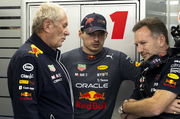
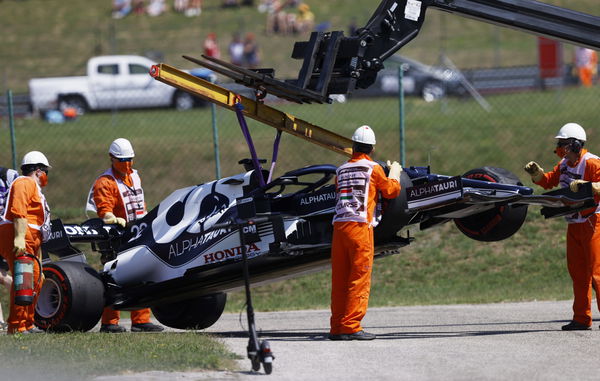
Reuters
Formula One F1 – Hungarian Grand Prix – Hungaroring, Budapest, Hungary – July 30, 2021 The car of AlphaTauri’s Yuki Tsunoda is towed after he crashed during practice REUTERS/Florion Goga
On the other hand, if the crash is heavy, and the driver fails to keep the car running, the stewards can temporarily call off the session. In the meantime, a tow truck will arrive on the scene to carry the damaged car off the track while marshals clear off the debris and do a routine check-up on whether the barrier needs repairing.
ADVERTISEMENT
Also, if the crash is significant enough to startle the driver, a medical car or even an ambulance will show up and offer the driver a lift to the medical center. The DNF could also be due to a technical or mechanical failure to the car, in which case the driver will have to park his car in a random part of the track.
ADVERTISEMENT
Red flag during the F1 race
The protocols are pretty much similar to the ones used over practice sessions. Only in this case, the stewards usually exploit the freedom of choosing a safety car.
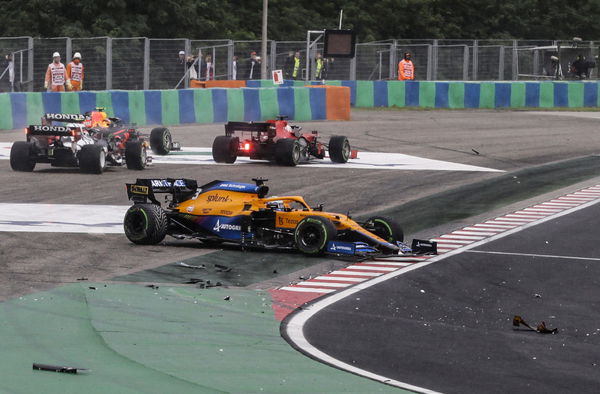
Reuters
Formula One F1 – Hungarian Grand Prix – Hungaroring, Budapest, Hungary – August 1, 2021 McLaren’s Daniel Ricciardo after colliding with Ferrari’s Charles Leclerc Pool via REUTERS/Peter Kohalmi
However, a red flag will become mandatory if a tow truck is required to show up on the track. Hence, the drivers will have to park in the pit lane according to their track position.
ADVERTISEMENT
And as always, in the meantime, marshals will jump into action, and sweep off the debris and repair the barriers if necessary.
ADVERTISEMENT
Freedom for F1 teams under red flag
There is abundant freedom for the teams and their drivers when a race comes to a stop. It isn’t necessary that a driver must remain in the car until the lights go green. Instead, the pilots are allowed to step out of the car and can stay in their respective garages.
They can even have talks with the crew regarding any strategical changes or take a look at the race data. Meanwhile, the pit crew, if needed, can change the tires on the car or repair any damages as well, which most likely revolves around the front wing, floor, or barge boards, which in most cases, are repairable.
ADVERTISEMENT
Race start procedure after a red flag
As lights at the pit lane exit go green, the cars will join the track behind the safety car and will have to drive around the circuit.

Reuters
Formula One F1 – British Grand Prix – Silverstone Circuit, Silverstone, Britain – July 18, 2021 Red Bull’s Max Verstappen leads at the start of the race ahead of Mercedes’ Lewis Hamilton REUTERS/Peter Cziborra
However, as the final corner approaches, the safety car will leave the train and enter the pit lane, while the racing cars will slot themselves onto the grid according to the existing track position. The follows the usual race start procedure, starting with five lights and out.
ADVERTISEMENT
There was a time when F1 had opted for running start over standing starts after red flagging. However, in recent times, standing starts have been the go-to option for the stewards, which adds more spice to the race.
Watch Story: Biggest Crashes From 2020 Featuring Leclerc, Vettel & Grosjean
ADVERTISEMENT
ADVERTISEMENT
ADVERTISEMENT

